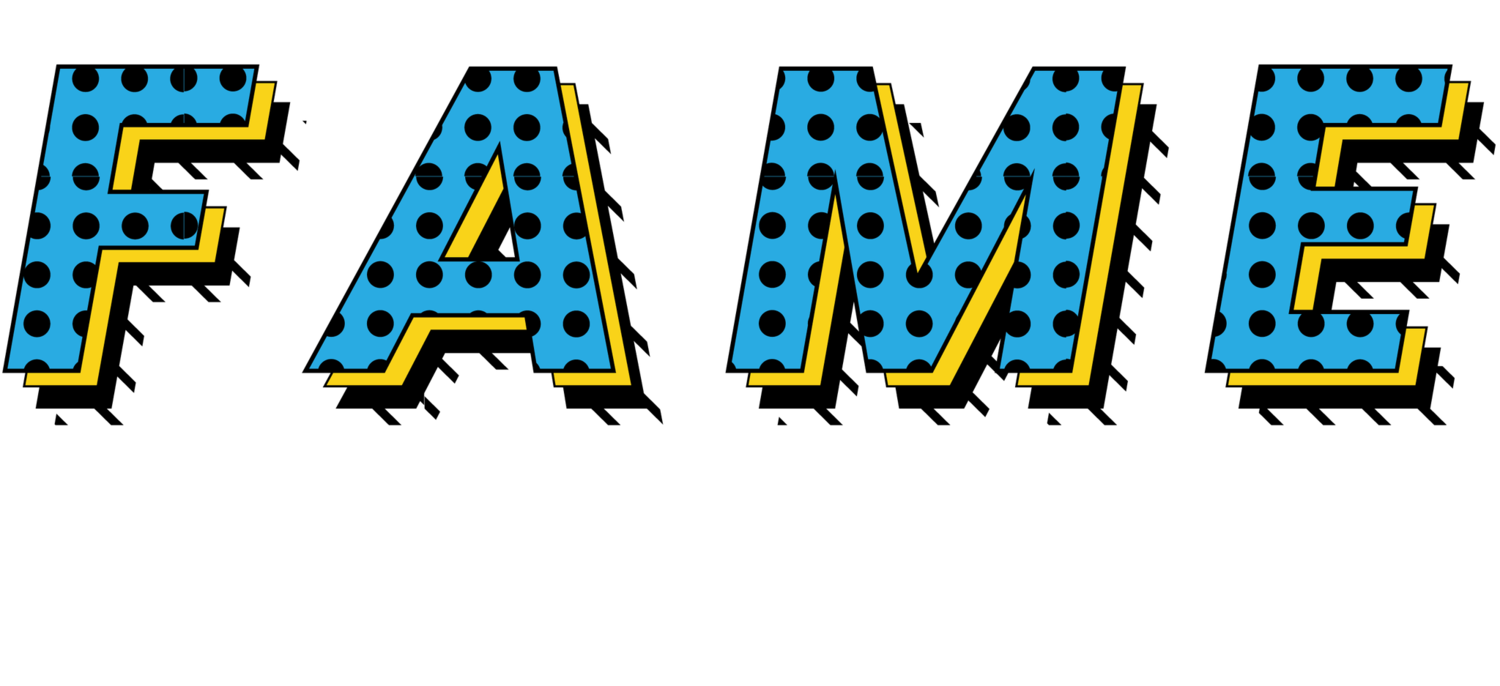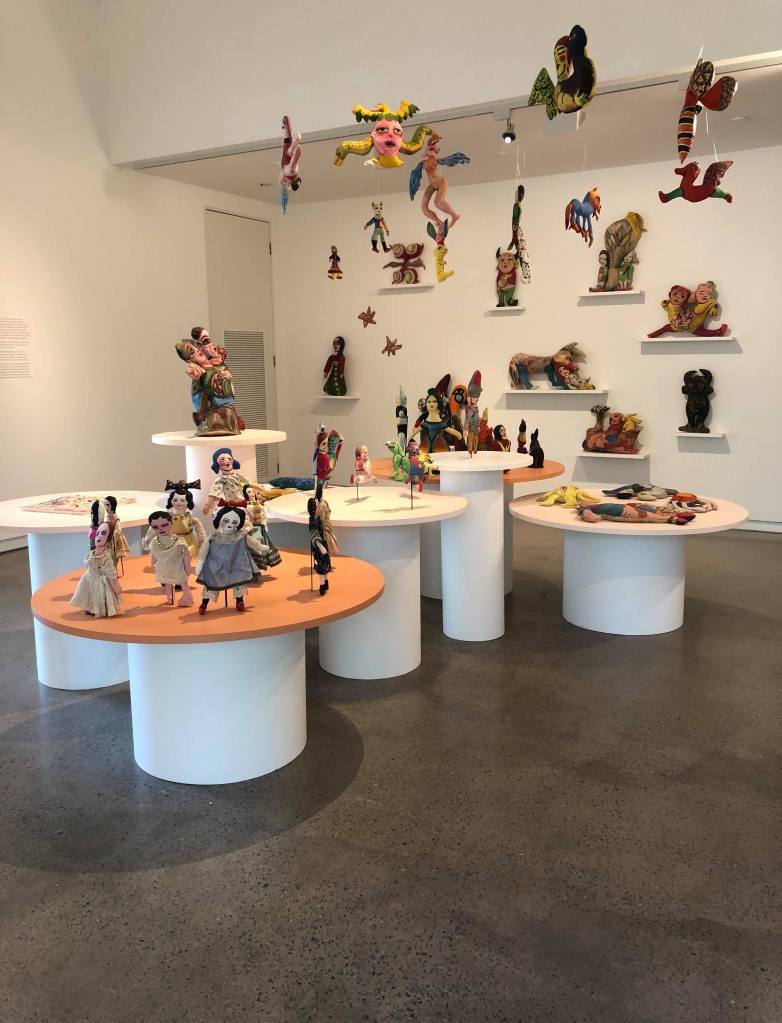(C)opyright Chronicles with Michelle Hambur from Heide Museum of Modern Art
How does copyright operate in practice at Heide?
Heide needs to consider copyright in respect of every element of our operations, including, but not limited to, merchandising, social media, publications, printed media and program content.
I have primarily been involved in seeking copyright for images that are to be used in Heide publications, including catalogues. In these cases, I will be provided with a list of images that are intended to be used by the Curator of an exhibition or Designer of a publication. My role is to ascertain the copyright position regarding each of these images and, if required, obtain the necessary copyright permissions. As part of the information provided to me, the Curator or Designer, in consultation with our in-house Graphic Designer, will advise me as to whether or not we will require a high-resolution image of the work in question as this would usually involve an extra cost. In instances in which a high-resolution image is not available, we may be able to organise a professional photographer to take one.
I will then create a master document to keep track of all images. The next step is to review each image and assess who is the copyright holder, and then seek the necessary consents either through a direct contact with the copyright holder or their agent or through the Copyright Agency. Usually, I receive information on these images some time before the publication is due to go to print so there is ample time to seek consent. Sometimes, however, there can be last minute changes which mean that the necessary copyright consent must be obtained urgently.
Museums, such as Heide, often have working relationships with similar institutions throughout Australia. Usually, there is a high degree of co-operation in dealing with these requests, with some institutions offering us an in-kind service and waiving their usual fees.
Heide Museum of Modern Art, John Gollings: Spirit of Place
What are common copyright issues you face in the museum space?
These days many images are available on the internet and individuals occasionally assume that such images do not need to be verified in terms of copyright. This can present some challenges when I am occasionally provided with images that have been taken off of the internet without any information as to where they were obtained. The process for ascertaining where these images have come from and who holds the copyright for them can be time consuming, involving some detective work.
Another issue we have faced is the financial costs of copyright and image requests. As I have noted, some institutions waive fees or provide consent or high-resolution images at reduced cost, but this is not always the case. As a not-for-profit institution, we are sometimes unable to use certain images if the costs to reproduce them are too high.
Are certain types of artworks trickier to deal with than others?
Historical images or artworks that are out of copyright are of course the easiest for a museum. Video or collage works that have incorporated several elements or sources can be more complicated. However, the issue of copyright is dependent on the specific work in question and I would not say that any medium is, in and of itself, harder to deal with than another.
Are there any ways you think copyright law can be improved to suit your practical experience?
As Australian copyright law is based in statute, it takes time for the full meaning of new provisions to be interpreted by the Courts so that there is a clearer understanding of how these provisions work. For example, section 200AB was introduced into the Copyright Act some years ago. It was intended to provide greater flexibility to educational institutions, libraries, archives, galleries and museums where the use is not covered by other specific exceptions in the Copyright Act. However, the provisions are complex and have not yet been tested by the courts. This has led to some uncertainty about how they operate. It is assumed that over time they will be tested and this will provide greater clarity but, for the moment, there is a reluctance to rely on them due to this uncertainty and lack of precedent.
Heide Museum of Modern Art, Mirka Mora: Pas De Deux – Drawings and Dolls
How accessible do you think the copyright regime is?
Most medium to large sized museums have staff members with expertise in the area of copyright. These staff members have been trained to understand Australian copyright law through both tertiary study and practical experience. For these trained personnel, copyright is generally understood and accessible, therefore consultation with lawyers is very rarely necessary unless it is a particularly complicated or unusual situation.
However, copyright law is arguably less accessible for artists who often do not fully understand their rights. Though some tertiary fine arts degrees will touch on such rights, not all practical artists have undertaken such degrees. Additionally, artists do not necessarily know where to look for easy to understand explanations that are not costly. I believe that museums have a moral obligation to assist artists in understanding their rights as much as possible and Heide always strives to provide such information to the artists we exhibit.
Do you think copyright law places a significant burden on museums?
I believe the checks and balances provided by copyright law are a necessary burden on museums. Though we do have to invest a lot of time and resources to ensure that we have followed the law correctly, we understand the need for these processes to ensure that artists are correctly compensated for their work. The proceeds from copyright can form a significant part of an artists’ general income and the work that museums are required to do to properly comply with copyright can assist artists in sustaining their practices. However, the financial burden that is placed on museums to undertake this necessary work, and the expertise it requires, should be recognised when funding and grants are considered.
What differences have you found between upholding moral rights in comparison to copyright ownership?
Moral rights is a less rigid area of copyright practice however, for museums, they are of equal importance. There is a clear path to establishing issues of consent when dealing with copyright owners, whereas a greater degree of judgement is required to determine if moral rights are likely to be breached. While a failure to attribute is fairly clear, the other requirements of moral rights necessitate a greater case by case judgement call by museums and, therefore, are less certain. This is exacerbated by the issues noted above in relation to artists not fully understanding copyright law, a problem which also exists in regard to moral rights.
Museums such as Heide are required to think about both moral rights and copyright concerns on a daily basis, including in respect of social media, merchandising and educational resources. Images are such an intrinsic part of the daily workings of a museum that both areas need to be considered and treated with the same level of importance.
Heide Museum of Modern Art, Temptation to Co-Exist: Janet Burchill and Jennifer McCamley
Do you have any thoughts about potential copyright issues arising through galleries increasing the content available online in response to the COVID-19 era?
While there is clearly more online activity in the arts and museums space in general, the copyright issues that have arisen are much the same as those that have been encountered over recent years. As museums have expanded their public programs and education programs in recent years and have presented more creative activities, copyright issues have continually arisen. Most of the issues that have come up in the COVID-19 era are really just an extension of these. There is clearly a greater use of social media at this time but the majority of the issues we are encountering are not unfamiliar.
There are, however, a few specific issues that have arisen in regards to social media initiatives during this time. For example, programs in which members of the public are encouraged to recreate their favourite artworks and share them on social media. There has been some discussion as to whether this could breach copyright, with some arguing that these images could come within the fair dealing exception for parody under the Copyright Act. In reality, it is probably unlikely that anyone will pursue these individual cases on private social media accounts legally, but it has provoked some interesting debate.
All photos taken, supplied and used with permission by Reetika Khanna




